Lizard leather
Contents
Lizard leather
Lizards is an epitome for four-legged reptiles with a rather long tail and rather short neck. The skin of lizards, like the skin of crocodiles and snakes, belongs to the group of reptiles.
For the processing of leather, especially the larger animals are interesting. The skin is more stable and larger areas are easier to process. Lizard's skins are characterized by closely spaced bumpy fields. The skin is thinner and more mobile at the points where the bumps meet.
The main purpose of lizard leather is the production of handbags and shoes.
Iguana leather
Iguanas are found on the American double continent from the South of the USA to Paraguay, the Caribbean islands, the Galápagos Islands and the Fiji Islands. Particularly before the great world economic crisis until 1928, iguana leather was a sign of luxury.
Leguanleder in einem Auto von 1928.
Leather seats in vehicles was a fashion of the rich in the years 1926-1928. At this time, several French highly-specialized carriages had created interior fittings made of reptile leather for some particularly expensive individual pieces (Bugattis, Mercedes, etc.). Certain snake species as well as reptile skins were used. The samall pieces of lizard leather were pocessed like "patchwork" to larger surfaces. Up to 400 lizard skins were processed for one vehicle. This fashion was very quickly over with the stock market crash of 1928.
Leguanleder-Handtaschen mit eingearbeitetem Kopf (Tasche unten aus der Sammlung von Frau Ursula Kayser aus Göttingen)
Leguanleder-Handtaschen mit eingearbeitetem Kopf - gesehen im DLM - Deutsches Ledermuseum in Offenbach
Monitor lizard
Es gibt ca. 79 Waran-Arten, die in den tropischen und subtropischen Gebieten von Afrika, Asien und Australien heimisch sind.
Waranleder im Ledermuseum Offenbach
Oberfläche des Waran-Leders
Waran-Leder-Handtaschen (rechts aus dem Ledermuseum Offenbach
Lederschuh aus Waranleder
Teju - Echsenleder
Die Teju Echse hat eine Länge von 1,50 Meter sowie ein Gewicht von 7 Kilo. Die Teju Echse ist über weite Teile Südamerikas verbreitet. Insbesondere in Argentinien, Paraguay, Uruguay (Lagarto) und Brasilien.
Teju Echse in Brasilien und Argentinien
Teju - Echsenleder
Video about leather of different animal species
Leather of different animal species - Exotic leather
Other exotic leather
- Alligator leather
- Alpaca fur
- Antelope leather
- Armadillo leather
- Bird leather
- Bull testicles
- Caiman leather
- Camel leather
- Carpincho leather
- Cat fur
- Chicken leather
- Crocodile leather
- Dog leather
- Donkey leather
- Elephant leather
- Fish leather: Eel, shark, salmon, moray eel, stingray and many others
- Frog leather - Toad leather
- Giraffe leather
- Hippo Leather
- Horsehide - Horse leather
- Kangaroo leather
- Llama Fur
- Ostrich leather
- Pangolin leather
- Peccary leather
- Rumen leather
- Sealskin leather
- Snakeskin
- Turtle skin
- Walrus leather
- Yak leather
- Zebra hide







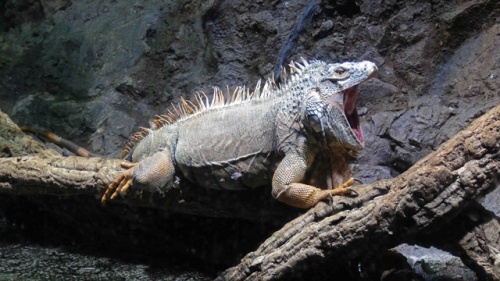

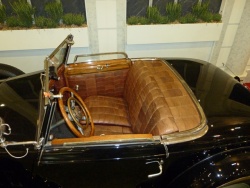
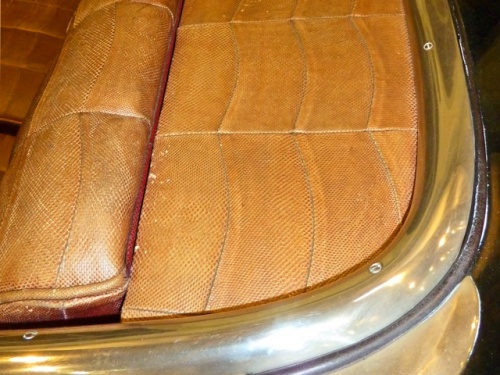
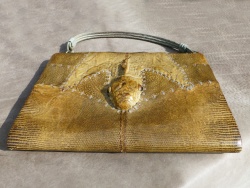
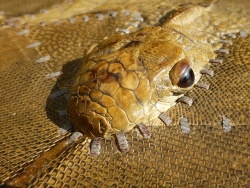
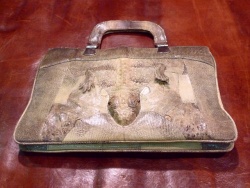
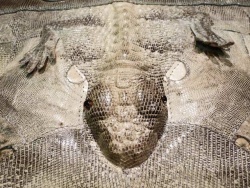
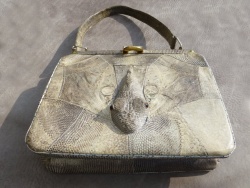
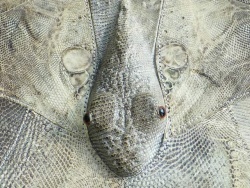
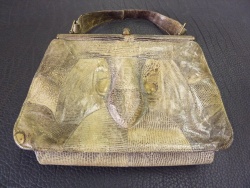
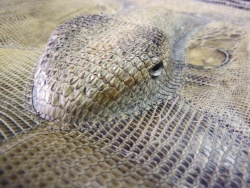
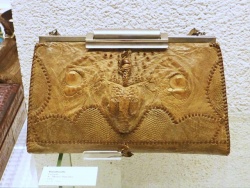
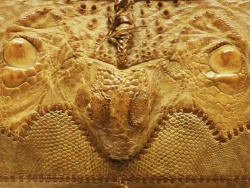
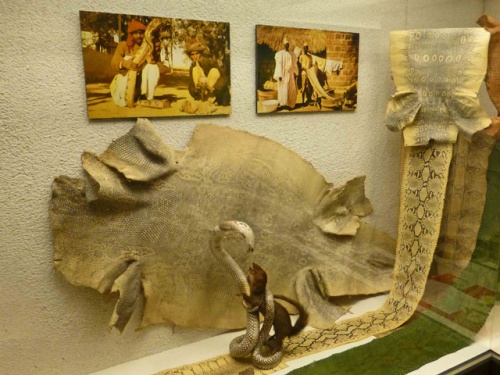
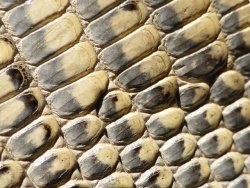
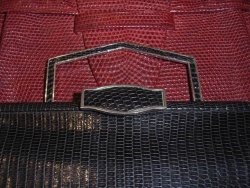
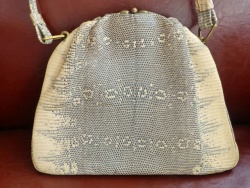
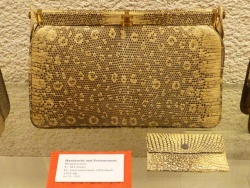
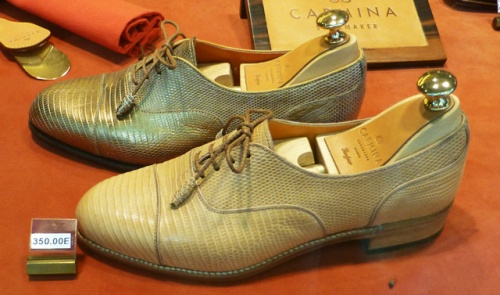
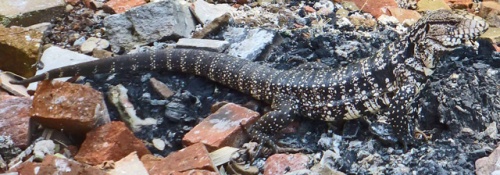
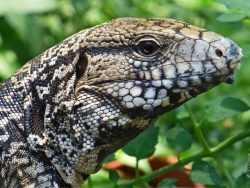
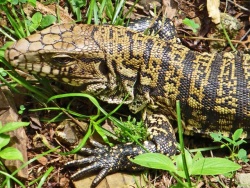
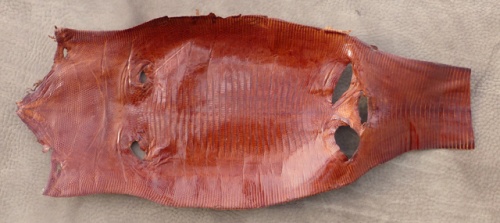


 a kotori web solution
a kotori web solution